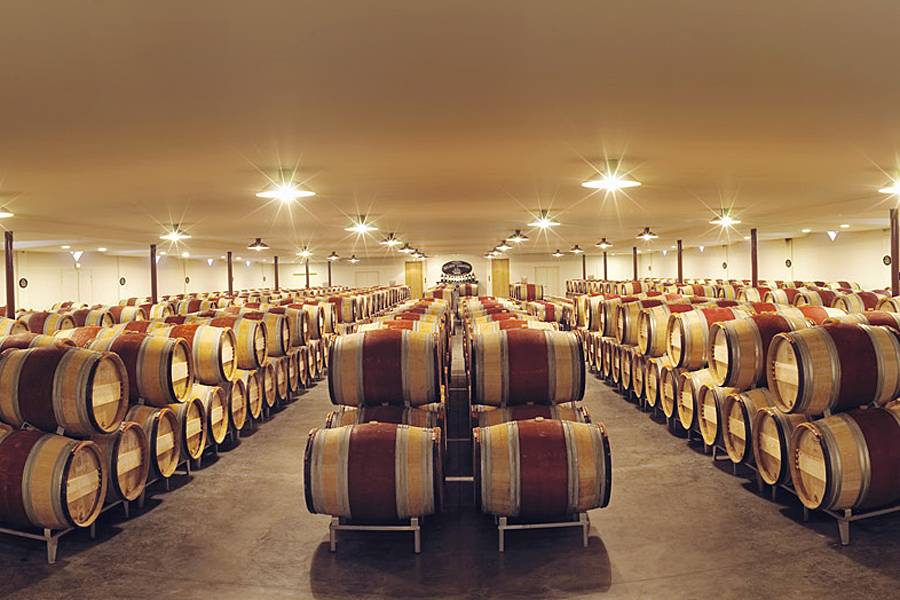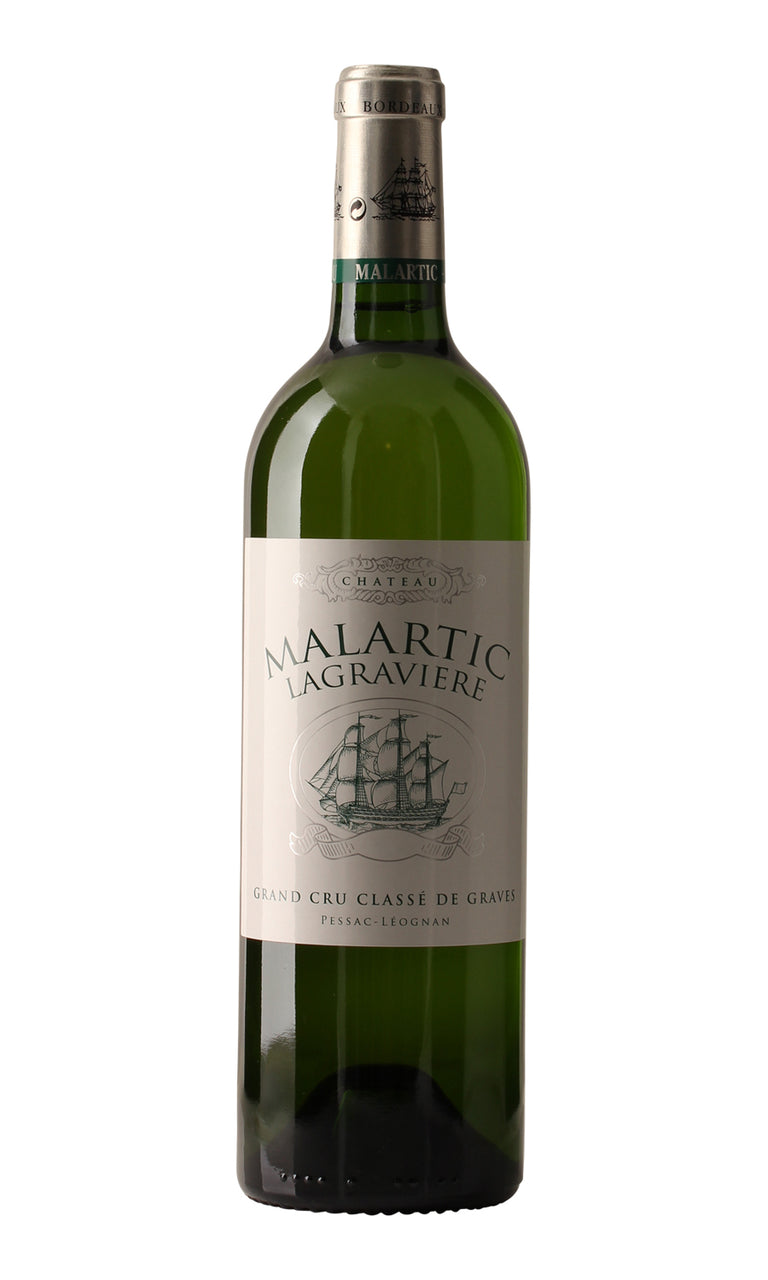2021 - Ch Malartic-Lagravière Blanc Grand Cru Classé Pessac-Léognan - 6x75cl
- Colour White
- Producer Château Malartic-Lagravière
- Region Pessac-Léognan
- Case size 6x75cl
- Available
No further quantities available
Go To CheckoutNeed help? Call +44 (0)20 7793 7900 or email wine@goedhuiswaddesdon.com.
-
Antonio Galloni, April 2022, Score: 90-92
The 2021 Malartic-Lagravière Blanc races out of the glass with soaring Sauvignon Blanc notes. Bright and sculpted, the 2021 has plenty to offer. Citrus peel, white flowers, sage, mint and crushed rocks lend notable complexity as the 2021 opens with some coaxing. Drink 2024-2031
-
Wine Advocate, April 2022, Score: 90-93
The 2021 Malartic Lagravière Blanc shows promise, bursting with aromas of lime zest, fresh mint, grapefruit and pastry cream. Medium to full-bodied, chiseled and nicely concentrated, it's a taut, intensely flavored wine that concludes with a long, saline finish.
Producer
Château Malartic-Lagravière
For many years, Malartic Lagravière was an underachiever. With high yields and poor viticulturalmanagement, it produced mediocre wines. However, in 1997 it was purchased by the Bonnie familywho have invested heavily in the estate creating a state-of-the-art chai that is so modern it could be featured in the next Bond film. Indeed, it even includes a cooling system that uses ultrasound to break up water particles which have ...Read more
For many years, Malartic Lagravière was an underachiever. With high yields and poor viticulturalmanagement, it produced mediocre wines. However, in 1997 it was purchased by the Bonnie familywho have invested heavily in the estate creating a state-of-the-art chai that is so modern it could be featured in the next Bond film. Indeed, it even includes a cooling system that uses ultrasound to break up water particles which have been purified by ultraviolet rays. Wow. A second wine has further helped them harness better concentration and ripeness in their grand vin.Read less

Region
Pessac-Léognan
Stretching from the rather unglamorous southern suburbs of Bordeaux, for 50 km along the left bank of the river Garonne, lies Graves. Named for its gravelly soil, a relic of Ice Age glaciers, this is the birthplace of claret, despatched from the Middle Ages onwards from the nearby quayside to England in vast quantities. It can feel as though Bordeaux is just about red wines, but some sensational white wines are produced in this area from a blend of sauvignon blanc, Semillon and, occasionally, muscadelle grapes, often fermented and aged in barrel. In particular, Domaine de Chevalier is renowned for its superbly complex whites, which continue to develop in bottle over decades. A premium appellation, Pessac-Leognan, was created in 1987 for the most prestigious terroirs within Graves. These are soils with exceptional drainage, made up of gravel terraces built up in layers over many millennia, and consequently thrive in mediocre vintages but are less likely to perform well in hotter years. These wines were appraised and graded in their own classification system in 1953 and updated in 1959, but, like the 1855 classification system, this should be regarded with caution and the wines must absolutely be assessed on their own current merits.




